1. 1886- Victorian Spy camera 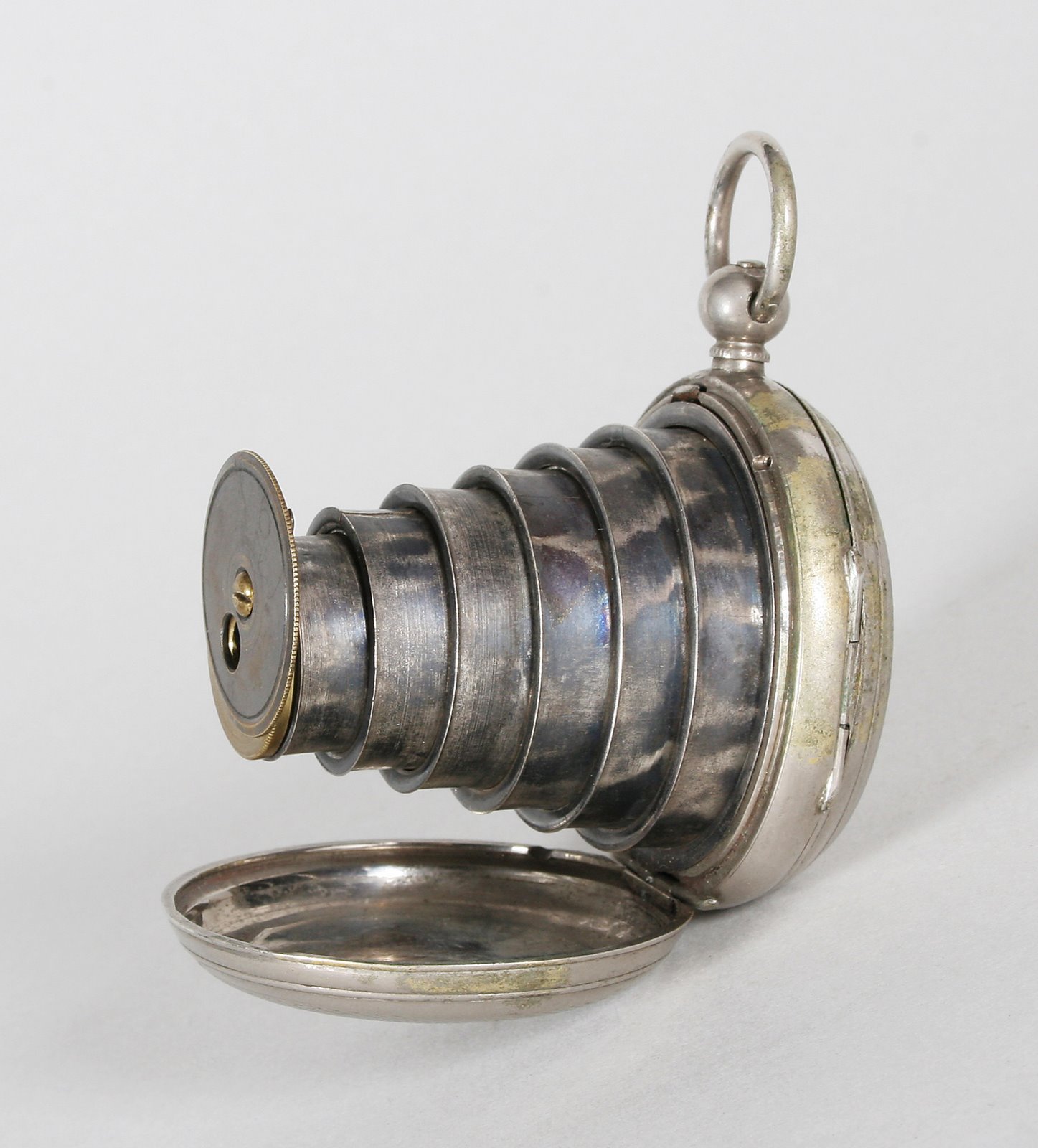
“The Victorian Spy Lancaster Watch Camera was patented in October 1886 and made until 1890. Such tiny cameras were the forerunners for the ‘spy’ camera”
– Lionel Hughes, Bonhams
2. 1937 – Mini Camera 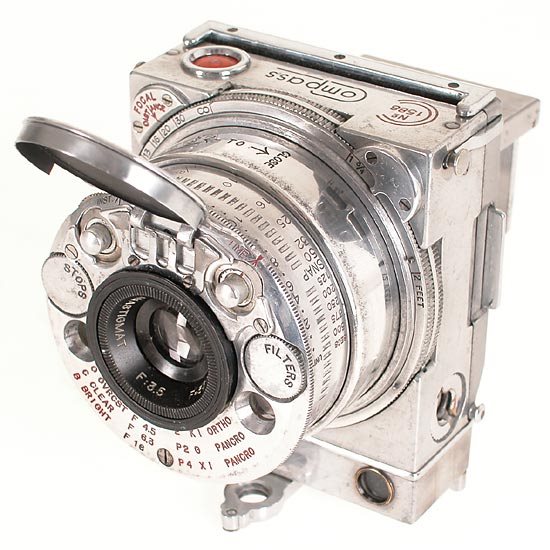
This miniscule 35mm camera could fit right in the palm of your hand. It completely embodied the intricate scientific system behind cameras, “built like a watch, and simple to use.”
3. 1938 – Revolver Camera 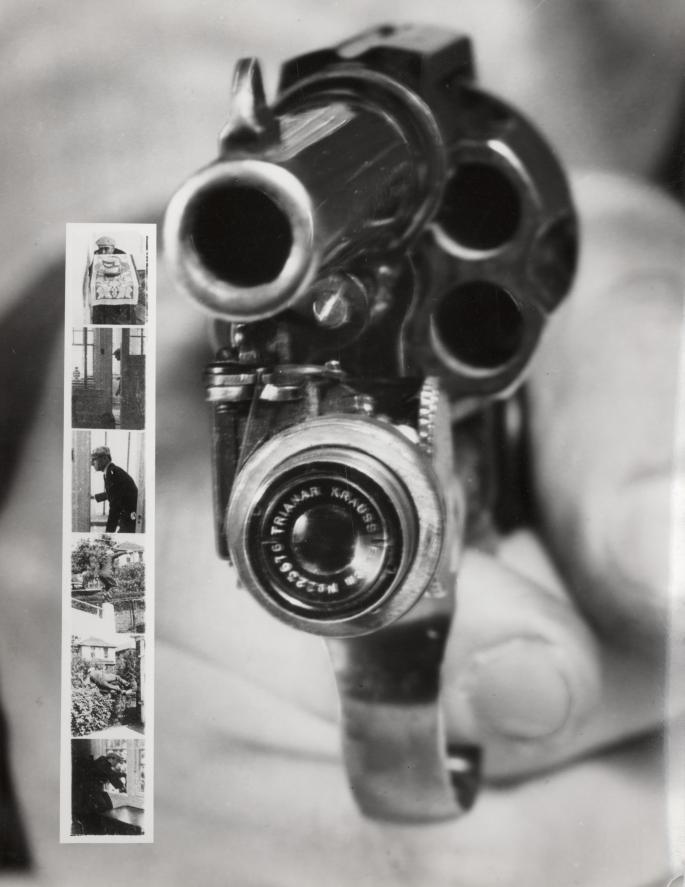
This camera snapped a shot as every time the trigger was pulled.
4. 1975 – Kodak Digital Camera 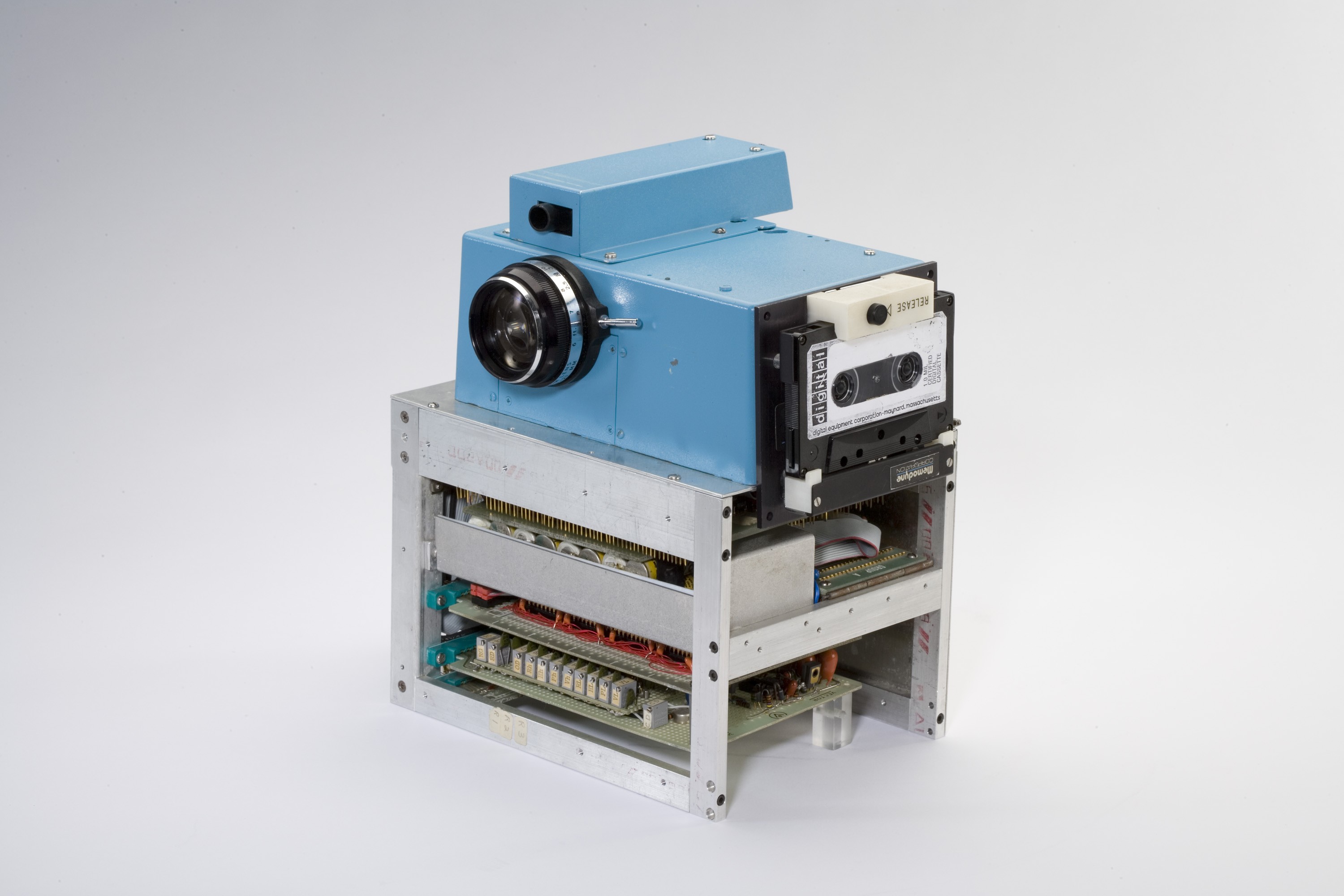
This gadget was the first digital camera that Kodak ever made. “The camera represents a first attempt demonstrating a photographic system which may, with improvements in technology, substantially impact the way pictures will be taken in the future.” It ran from 16 nickel-cadmium batteries, using a type of CCD imaging, and an a/d converter. Each time a photo was taken, it took 23 seconds for the digital image to be recorded onto the cassette deck.
5. 1900 – Giant camera 
The Giant Camera was the world’s largest photo-taking device ever made. Weighing 1,400 pounds, it used a 4.5’ x 8’ glass-plate system of negatives. It was created by George Lawrence in 1900.
6. 1903 – Miniature Pigeon Cameras
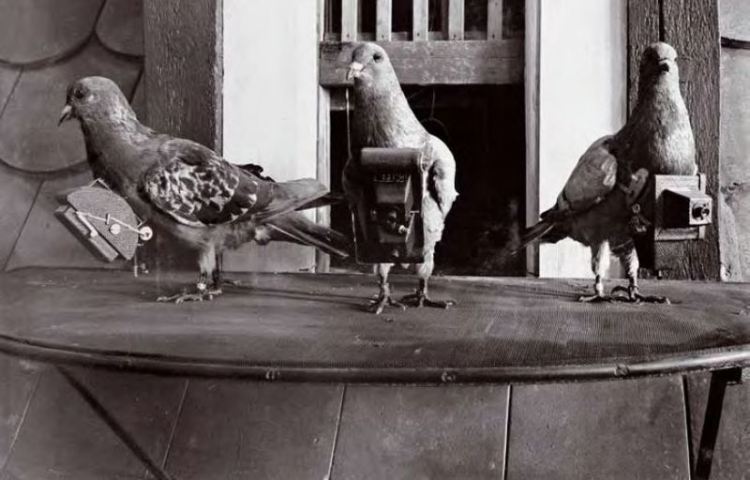
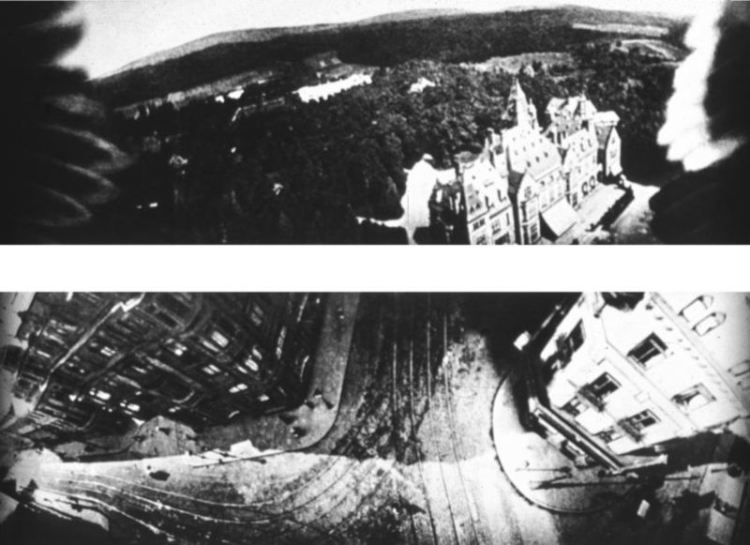
Dr. Julius Neubronner developed a tiny pigeon camera that used a timing mechanism to automatically start filming once the pigeons were in mid-flight. This was one of the world’s first Go-Pro-type cameras. Neubronner received much international attention when he presented his invention at various European expositions.
7. 1914-1932 — The Autographic Kodak Camera

This particular camera provided the date and time that each photo was taken at.
8. 1936 — Kodak Retina II 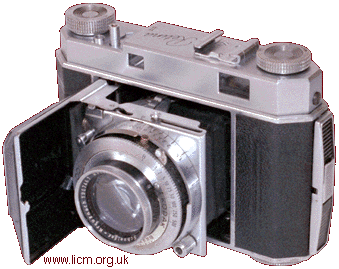
Using 35 mm film, this rangefinder camera was on the cutting-edge by incorporating flash synchronization and wind levers.
9. 1976 — Pentax ME
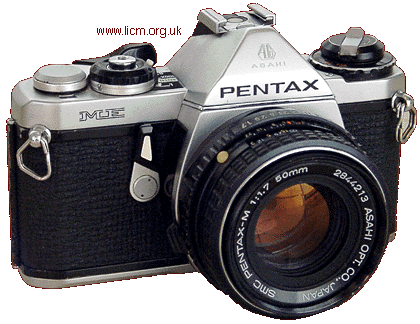
As a basic 35mm film SLR, this camera runs on two A76 cells and has automatic aperture electronic exposure control.
10. 1984 — Leica M6 
This camera was very modern when it was first released. There is an onboard light meter. It can work without batteries.
Story via Retronaut
Advertisement
Learn more about Electronic Products Magazine






